Advantages of Vertical Farm
Home » Vertical Farm » Advantages of Vertical Farm
What is Vertical Farm?
Vertical farming is an innovative AgriTech that lets crops grow in vertical layers through controlled indoor environments. It enhances plant production by utilizing advanced technologies such as LED light control systems, hydroponics, and automation.
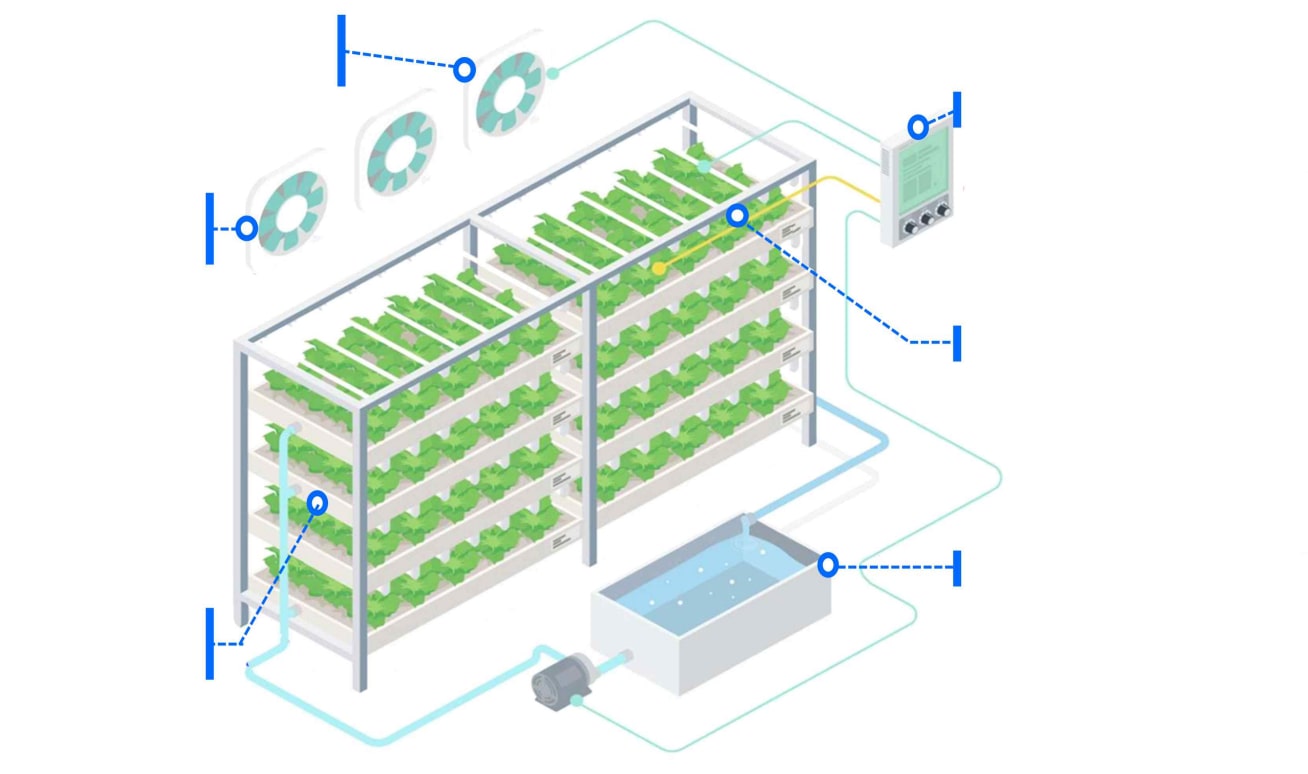
Thermal wall with
insulation, airtight wall
Air conditioners
and fans
Multi-layered
beds
Environment control unit
- Air temperature
- Air humidity
- CO₂ concentration
Light source system
- Quality of light
- Amount of light
- Photoperiod of light
Nutrient solution supply unit
- Nutrient concentration
- pH level
- Dissolved oxygen level
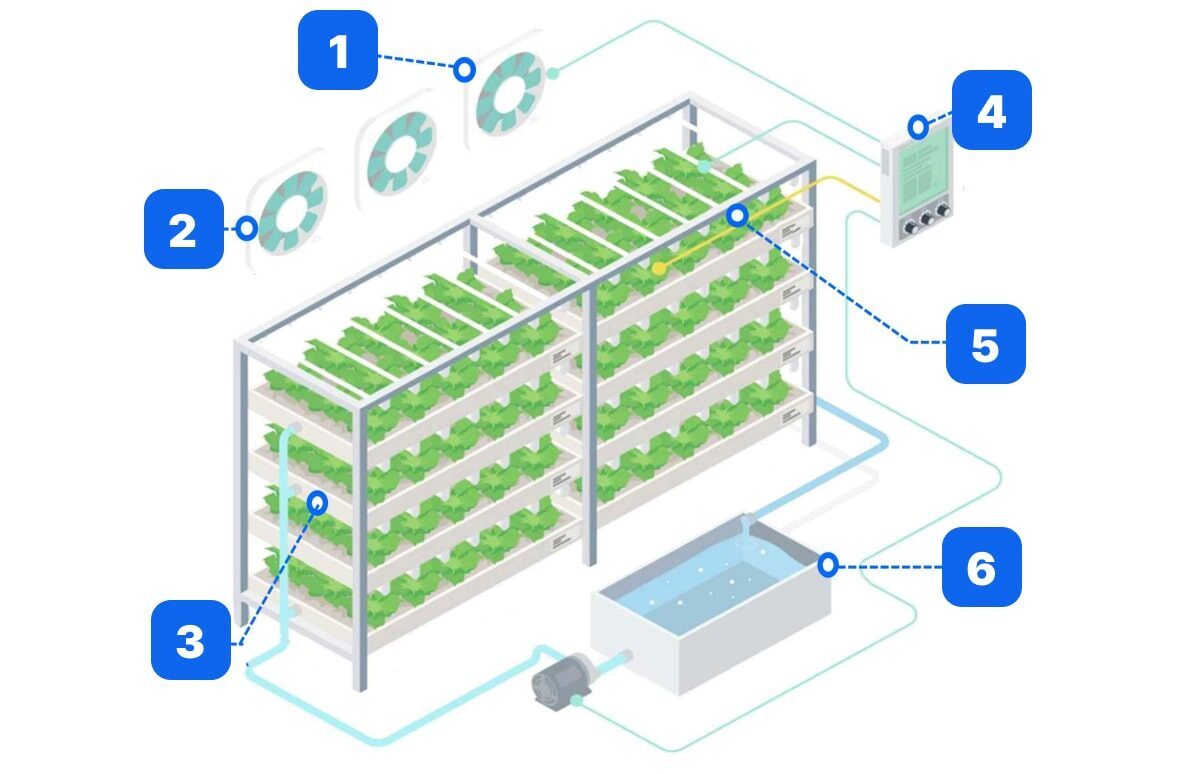
- 1. Thermal wall with insulation, airtight wall
- 2. Air conditioners and fans
- 3. Multi-layered beds
-
4. Environment control unit
- Air temperature
- Air humidity
- CO₂ concentration
-
5. Light source system
- Quality of light
- Amount of light
- Photoperiod of light
-
6. Nutrient solution supply unit
- Nutrient concentration
- pH level
- Dissolved oxygen level
Advantages of Vertical Farm
Vertical farming increases space efficiency, reduces resource waste, and serves as a sustainable agricultural model to address climate change.
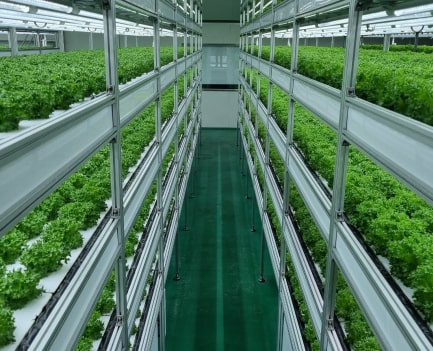
1. Growing plants 365days
- Farmers can grow crops year-round without worrying about climate, temperature, or factors related to food plant production, ensuring no crop failures.
- Indoor vertical farming can prevent damage from extreme weather.

2. Water Saving
- The use of indoor hydroponic and aeroponic technologies, along with the precise application of nutrients and water needed for plant growth, reduces the use of pesticides, herbicides, and fertilizers.
- While traditional agriculture uses about 70% of the Earth’s available freshwater, vertical farming can save up to 95% of water when using closed-loop or independent systems.

3. No pesticides
- Vertical farms are designed to exclude most pests and diseases by using precision agriculture, effectively eliminating the risk of spreading foodborne illnesses.

4. Urban Farm
- Vertical farms are located within urban areas, enabling them to supply fresh produce to restaurants, school cafeterias, hospital food services, prisons, apartment complexes, as well as eco-friendly markets, while creating a sustainable source of local agricultural products
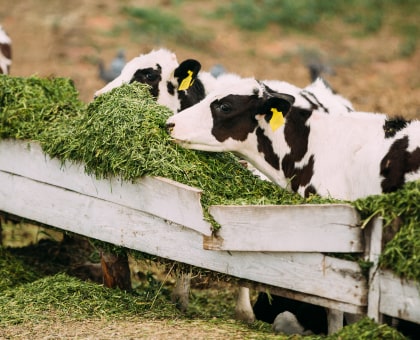
5. Value-added byproducts
- Depending on the crop, post-harvest byproducts can be used as animal feed.

6. Job creation
- Vertical farming creates numerous new employment opportunities across various levels, including roles such as managers, indoor controlled-environment agriculture specialists, waste-to-energy experts, and farm workers involved in seeding, cultivation, monitoring, harvesting, sorting, and sales.
Green House
vs
Vertical farm
Vertical farm maximizes space utilization and significantly reduces water usage compared to traditional farming methods.
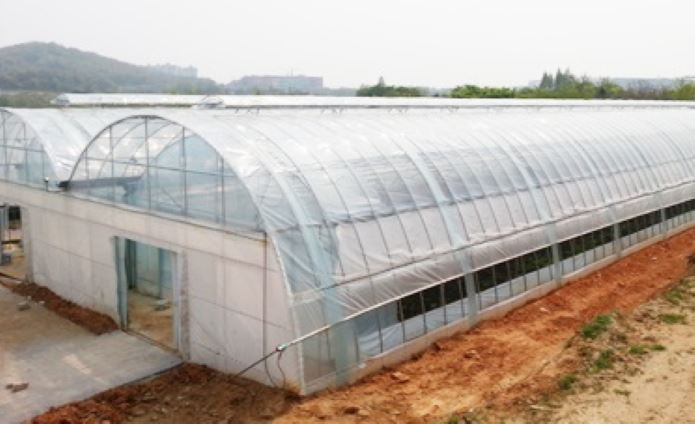
Green House
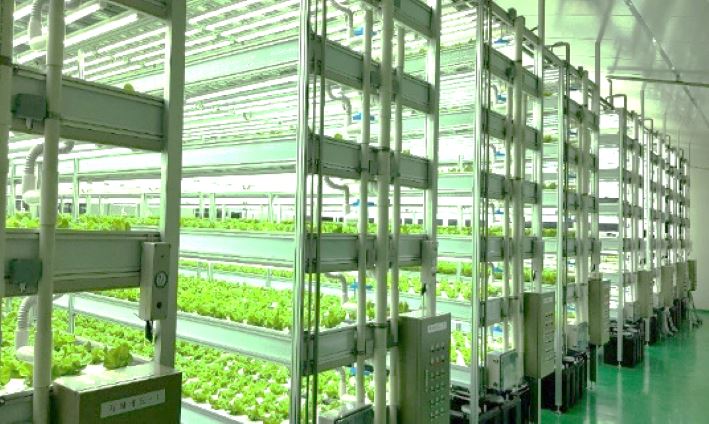
Vertical Farm
- Space
12000SQM
330SQM
- Production Capacity
Same production volume
- Cultivation System
2~3 times per year
12~18 cycles per year
- Investment Cost
Low
High
- water consumption
High
Low

Green House
- Space
12000SQM
- Cultivation System
2~3 times per year
- Investment Cost
Low
- water consumption
High
Same
production volume
production volume

Vertical Farm
- Space
330SQM
- Cultivation System
12~18 cycles per year
- Investment Cost
High
- water consumption
Low

Nongshim Vertical Farm Total Solution
The future of food begins with Nongshim Smart Farm. Our innovative hydroponic systems produce fresh, sustainable agriculture. Discover more about our solutions.
